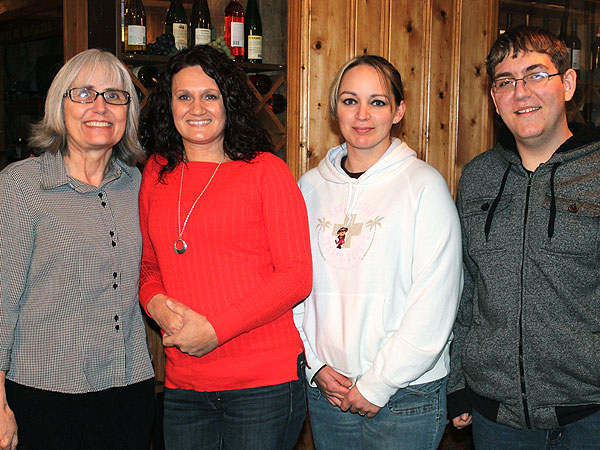MOSCOW — Russian authorities issued an arrest warrant for a Georgian politician, Givi Targamadze, on Thursday, charging that he had incited riots in Russia, in particular by helping to organize an anti-government march last May that culminated in a confrontation between protesters and the riot police.
Russian authorities asserted that the large anti-government protests were being orchestrated by foreign powers, but Mr. Targamadze, a longtime lieutenant of President Mikheil Saakashvili, is the first non-Russian to face criminal charges.
Russian television has broadcast what it says is surveillance video showing Mr. Targamadze meeting with a leftist leader, Sergei Udaltsov, and two of his deputies, at one point offering to deliver large sums of money on behalf of a Russian banker now living in exile.
At the time, Mr. Targamadze said no such meeting had taken place and that the footage had been manufactured by the Prosecutorial Investigative Committee and the Federal Security Service, or F.S.B., the successor to the K.G.B.
“It is clear that this was all prepared in the investigative committee and the F.S.B. headquarters,” he told Dozhd, an Internet news site. “It is sold to the media and then very quickly, at lightning speed, the Investigative Committee reacts.”
A spokeswoman for Georgia’s general prosecutor told Interfax on Thursday that Georgia cannot extradite Mr. Targamadze to Russia because it would violate his rights under the country’s Constitution, but that prosecutors could open a criminal case based on Russia’s request.
Russian analysts noted that the Georgian government did not say Mr. Targamadze’s status as a lawmaker gave him immunity from prosecution. Mr. Saakashvili’s party lost a parliamentary election last October to an opposition coalition intent on repairing Tbilisi’s icy relations with Moscow.
Mr. Targamadze could not be reached for comment on Thursday. A spokesman for the United National Movement, the party he belongs to, said he was traveling outside Georgia. Meanwhile, the police in Moscow said they were working to determine who else in Russia may have had contact with Mr. Targamadze.
Foreign interference in Russian politics was a central theme on Thursday when President Vladimir V. Putin met with top officials at the Federal Security Service, congratulating them on “courageous acts to neutralize internal and external enemies.” Mr. Putin reported that 200 foreign intelligence officers had been identified in 2002, and spoke with satisfaction about new measures restricting foreign financing for nonprofit organizations.
“Any direct or indirect interference in our internal affairs — any form of pressure on Russia, its allies and partners — is unacceptable,” he said, according to a transcript.
He urged the F.S.B. to increase pressure on the Internet, which he said was being used to promote extremist ideas.
“To neutralize different types of extremist structures we need to act as resolutely as possible,” he said. “It is necessary to block attempts by radical groups to use information technologies, Internet resources and social networking Web sites for their propaganda,” he said.
He went on to say that Russian civil society was rapidly becoming more engaged and active, but that uncontrolled speech and organizing could pose a risk to the state.
“Citizens’ right to freedom of speech is unshakable and inviolable — however, no one has the right to sow hatred, to stir up society and the country, and put under threat the life, welfare and peace of millions of our citizens.” He offered a similar warning about citizens’ initiatives, saying the rise in activism “obviously will be supported by the state.”
“At the same time, I want to underline — no one has a monopoly on the right to speak in the name of all Russian society, especially structures that are controlled and financed from abroad,” he said.
The head of the F.S.B., Aleksandr Bortnikov, told Mr. Putin that the United States and its allies had increased “geopolitical pressure” on Russia over the past year, noting that “as before, they consider our state as one of their main competitors in the international arena.”












